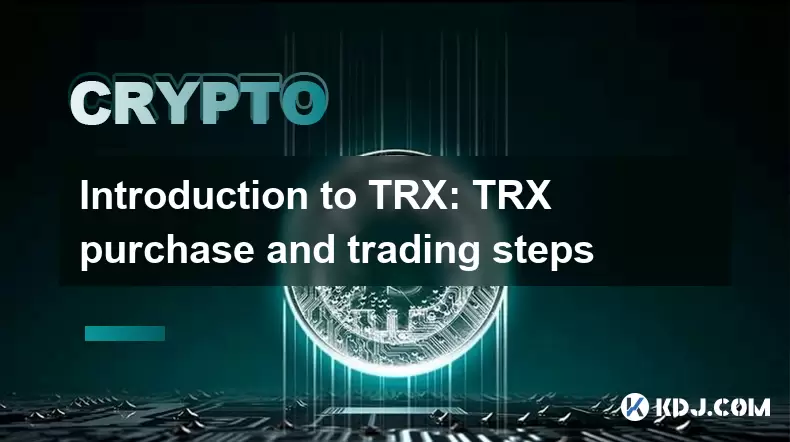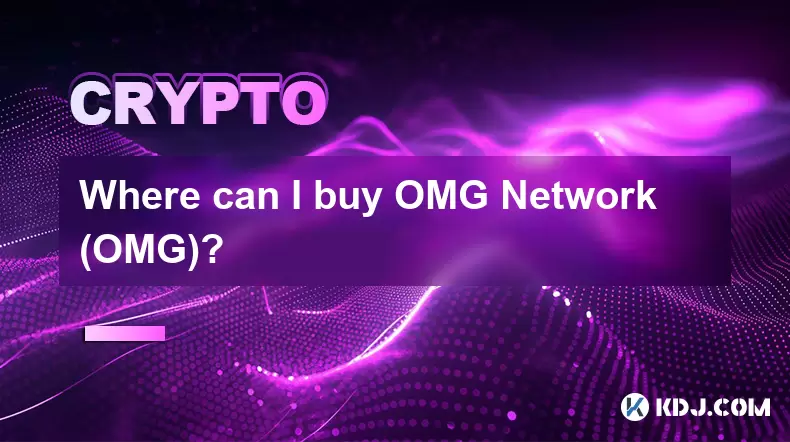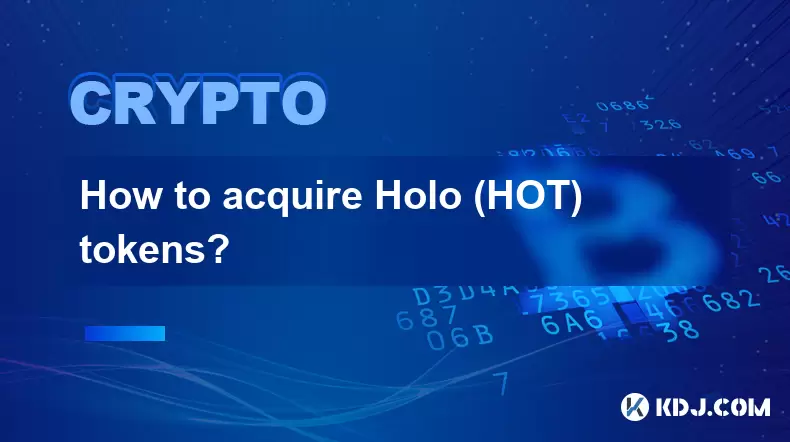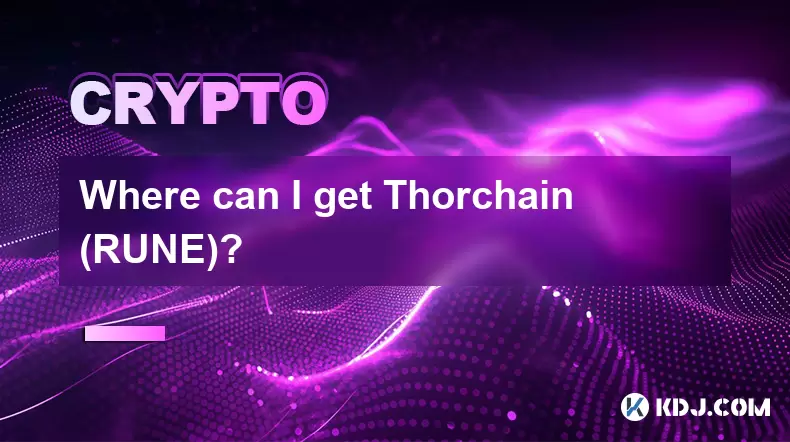-
 Bitcoin
Bitcoin $117500
2.15% -
 Ethereum
Ethereum $3911
6.19% -
 XRP
XRP $3.316
10.79% -
 Tether USDt
Tether USDt $1.000
0.01% -
 BNB
BNB $787.2
2.24% -
 Solana
Solana $175.2
4.15% -
 USDC
USDC $0.9999
0.00% -
 Dogecoin
Dogecoin $0.2225
8.40% -
 TRON
TRON $0.3383
0.28% -
 Cardano
Cardano $0.7868
6.02% -
 Stellar
Stellar $0.4382
9.34% -
 Hyperliquid
Hyperliquid $40.92
7.56% -
 Sui
Sui $3.764
7.63% -
 Chainlink
Chainlink $18.48
10.66% -
 Bitcoin Cash
Bitcoin Cash $582.1
1.88% -
 Hedera
Hedera $0.2601
6.30% -
 Avalanche
Avalanche $23.33
4.94% -
 Ethena USDe
Ethena USDe $1.001
0.02% -
 Litecoin
Litecoin $122.3
2.04% -
 UNUS SED LEO
UNUS SED LEO $8.969
-0.27% -
 Toncoin
Toncoin $3.339
0.86% -
 Shiba Inu
Shiba Inu $0.00001287
4.30% -
 Uniswap
Uniswap $10.43
7.38% -
 Polkadot
Polkadot $3.861
5.08% -
 Dai
Dai $1.000
0.02% -
 Bitget Token
Bitget Token $4.513
3.41% -
 Monero
Monero $267.7
-6.18% -
 Cronos
Cronos $0.1499
4.14% -
 Pepe
Pepe $0.00001110
5.15% -
 Aave
Aave $284.9
8.28%
Introduction to TRX: TRX purchase and trading steps
TRX is the native cryptocurrency of the Tron platform, designed for decentralized apps in entertainment; secure it in wallets like TronLink or Ledger for trading.
May 30, 2025 at 05:42 am

Introduction to TRX: TRX Purchase and Trading Steps
Tron (TRX) is a blockchain-based decentralized platform that aims to construct a global entertainment system for the free sharing of digital content. If you're interested in purchasing and trading TRX, this guide will walk you through the essential steps and considerations. From setting up a wallet to executing trades, we'll cover everything you need to know to start your journey with TRX.
Understanding TRX and Its Ecosystem
Before diving into the purchase and trading process, it's important to understand what TRX is and the ecosystem it operates within. TRX is the native cryptocurrency of the Tron network. The Tron platform is designed to host decentralized applications (dApps), with a focus on the entertainment industry. By using TRX, users can interact with these dApps, earn rewards, and engage in various activities on the network.
The Tron ecosystem includes several key components, such as the Tron Virtual Machine (TVM), which allows developers to deploy smart contracts, and TronLink, a wallet that enables users to manage their TRX and interact with the network. Understanding these elements will help you make informed decisions when purchasing and trading TRX.
Setting Up a TRX Wallet
To purchase and trade TRX, you'll need a secure wallet to store your tokens. There are several types of wallets you can use, including hardware wallets, software wallets, and web wallets. Here's how to set up a wallet specifically for TRX:
- Choose a Wallet: Popular options for TRX include TronLink, Ledger, and Trezor. TronLink is a browser extension that's easy to use, while Ledger and Trezor are hardware wallets that offer enhanced security.
- Download and Install: If you choose TronLink, download the extension from the Chrome Web Store or Firefox Add-ons. For hardware wallets, follow the manufacturer's instructions to set up your device.
- Create a New Wallet: Follow the prompts to create a new wallet. You'll need to set a strong password and securely store your recovery phrase (also known as a seed phrase). This phrase is crucial for recovering your wallet if you lose access.
- Import or Receive TRX: Once your wallet is set up, you can import existing TRX or receive new TRX to your wallet address.
Purchasing TRX
Now that you have a wallet set up, you can proceed to purchase TRX. There are several ways to buy TRX, including using cryptocurrency exchanges and peer-to-peer platforms. Here's how to buy TRX on a cryptocurrency exchange:
- Choose an Exchange: Popular exchanges for buying TRX include Binance, Huobi, and KuCoin. Select an exchange that supports your preferred payment method and has a good reputation for security and liquidity.
- Sign Up and Verify: Create an account on the exchange and complete any required verification processes. This may include submitting identification documents to comply with Know Your Customer (KYC) regulations.
- Deposit Funds: Deposit funds into your exchange account using your preferred payment method, such as a bank transfer, credit card, or another cryptocurrency.
- Place an Order: Navigate to the TRX trading pair on the exchange (e.g., TRX/USDT or TRX/BTC) and place a buy order. You can choose between a market order, which executes immediately at the current market price, or a limit order, which allows you to set a specific price at which you want to buy TRX.
- Withdraw TRX to Your Wallet: Once your order is filled, withdraw your TRX to the wallet you set up earlier. Copy your wallet address from your TRX wallet and paste it into the withdrawal section on the exchange.
Trading TRX
After purchasing TRX, you may want to engage in trading to take advantage of market movements. Trading TRX involves buying and selling the token to generate profits. Here are the steps to start trading TRX:
- Choose a Trading Platform: You can trade TRX on the same exchange where you purchased it or use a dedicated trading platform. Ensure the platform offers the trading pairs you're interested in and has the necessary features for your trading strategy.
- Analyze the Market: Before placing trades, analyze the market using technical and fundamental analysis. Technical analysis involves studying price charts and indicators to identify trends, while fundamental analysis focuses on the underlying factors that may affect TRX's value, such as network developments and partnerships.
- Develop a Trading Strategy: Based on your analysis, develop a trading strategy that suits your risk tolerance and investment goals. Common strategies include day trading, swing trading, and hodling.
- Place Trades: Use the trading platform's interface to place buy and sell orders. You can use market orders for quick execution or limit orders to set specific entry and exit prices. Monitor your trades closely and adjust your strategy as needed.
- Manage Risk: Implement risk management techniques, such as setting stop-loss orders to limit potential losses and take-profit orders to secure gains. Never invest more than you can afford to lose.
Security Considerations
When dealing with cryptocurrencies like TRX, security is paramount. Here are some key security considerations to keep in mind:
- Use Strong Passwords: Always use strong, unique passwords for your wallets and exchange accounts. Consider using a password manager to generate and store complex passwords securely.
- Enable Two-Factor Authentication (2FA): Enable 2FA on all platforms where it's available. This adds an extra layer of security by requiring a secondary verification method, such as a code sent to your mobile device.
- Keep Your Recovery Phrase Safe: Store your wallet's recovery phrase in a secure location, such as a safe or a fireproof box. Never share your recovery phrase with anyone.
- Beware of Phishing Scams: Be cautious of phishing attempts, where scammers try to trick you into revealing your personal information or private keys. Always double-check the URLs of websites and never click on suspicious links.
- Regularly Update Software: Keep your wallet software and any related applications up to date to protect against known vulnerabilities.
Frequently Asked Questions
Q: Can I use TRX for anything other than trading?
A: Yes, TRX can be used within the Tron ecosystem to interact with decentralized applications (dApps). You can use TRX to pay for services, participate in games, and earn rewards on various platforms built on the Tron network.
Q: How do I store TRX safely for the long term?
A: For long-term storage, consider using a hardware wallet like Ledger or Trezor. These devices store your private keys offline, making them less vulnerable to hacking attempts. Always keep your recovery phrase in a secure, physical location.
Q: What are the fees associated with TRX transactions?
A: The fees for TRX transactions depend on the network's congestion and the type of transaction. Generally, TRX transactions have low fees compared to other cryptocurrencies, often costing just a few cents. You can check the current fee structure on the Tron network's official resources.
Q: Is it possible to stake TRX to earn rewards?
A: Yes, you can stake TRX to participate in the Tron network's consensus mechanism and earn rewards. Staking involves locking up your TRX to support the network's operations and, in return, you receive a portion of the block rewards. You can stake TRX through various platforms that support Tron staking.
Disclaimer:info@kdj.com
The information provided is not trading advice. kdj.com does not assume any responsibility for any investments made based on the information provided in this article. Cryptocurrencies are highly volatile and it is highly recommended that you invest with caution after thorough research!
If you believe that the content used on this website infringes your copyright, please contact us immediately (info@kdj.com) and we will delete it promptly.
- XRP ETF, Bitcoin ETF, and Japan: A New Era for Crypto Investing?
- 2025-08-08 14:30:12
- Crypto, Congress, and Bills: Navigating the Regulatory Landscape in 2025
- 2025-08-08 14:30:12
- Union Jack Oil, Unused Gas, and Bitcoin: A New York Minute on UK's Crypto-Energy Play
- 2025-08-08 14:50:12
- Bitcoin Price: Bullish Flag Points to $123K Breakout?
- 2025-08-08 14:50:12
- Crypto Group's WNBA Dildo Toss: Meme Coin Mania or Just Plain Dumb?
- 2025-08-08 14:55:13
- Stablecoins, Hong Kong, and On-Chain Finance: Navigating the Regulatory Maze
- 2025-08-08 12:30:12
Related knowledge

Where can I buy UMA (UMA)?
Aug 07,2025 at 06:42pm
Understanding UMA and Its Role in Decentralized FinanceUMA (Universal Market Access) is an Ethereum-based decentralized finance (DeFi) protocol design...

Where can I purchase Siacoin (SC)?
Aug 08,2025 at 11:14am
Understanding Siacoin (SC) and Its Role in the Sia NetworkSiacoin (SC) is the native cryptocurrency of the Sia decentralized cloud storage platform, a...

Where can I buy OMG Network (OMG)?
Aug 08,2025 at 12:57pm
Understanding OMG Network (OMG) and Its PurposeThe OMG Network, originally known as OmiseGO, is a layer-2 scaling solution built on the Ethereum block...

What exchanges support buying IOTA (MIOTA)?
Aug 07,2025 at 09:58pm
Understanding the Role of Private Keys in Cryptocurrency SecurityIn the world of cryptocurrency, private keys are the cornerstone of ownership and con...

How to acquire Holo (HOT) tokens?
Aug 08,2025 at 05:56am
Understanding Holo (HOT) and Its EcosystemHolo (HOT) is a cryptocurrency token associated with the Holo ecosystem, which is built on the Holochain fra...

Where can I get Thorchain (RUNE)?
Aug 08,2025 at 08:07am
Understanding the Role of Seed Phrases in Cryptocurrency WalletsA seed phrase, also known as a recovery phrase or mnemonic phrase, is a critical compo...

Where can I buy UMA (UMA)?
Aug 07,2025 at 06:42pm
Understanding UMA and Its Role in Decentralized FinanceUMA (Universal Market Access) is an Ethereum-based decentralized finance (DeFi) protocol design...

Where can I purchase Siacoin (SC)?
Aug 08,2025 at 11:14am
Understanding Siacoin (SC) and Its Role in the Sia NetworkSiacoin (SC) is the native cryptocurrency of the Sia decentralized cloud storage platform, a...

Where can I buy OMG Network (OMG)?
Aug 08,2025 at 12:57pm
Understanding OMG Network (OMG) and Its PurposeThe OMG Network, originally known as OmiseGO, is a layer-2 scaling solution built on the Ethereum block...

What exchanges support buying IOTA (MIOTA)?
Aug 07,2025 at 09:58pm
Understanding the Role of Private Keys in Cryptocurrency SecurityIn the world of cryptocurrency, private keys are the cornerstone of ownership and con...

How to acquire Holo (HOT) tokens?
Aug 08,2025 at 05:56am
Understanding Holo (HOT) and Its EcosystemHolo (HOT) is a cryptocurrency token associated with the Holo ecosystem, which is built on the Holochain fra...

Where can I get Thorchain (RUNE)?
Aug 08,2025 at 08:07am
Understanding the Role of Seed Phrases in Cryptocurrency WalletsA seed phrase, also known as a recovery phrase or mnemonic phrase, is a critical compo...
See all articles

























































































